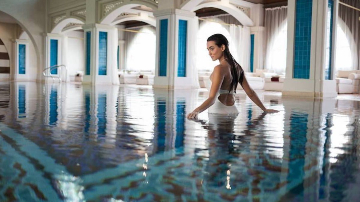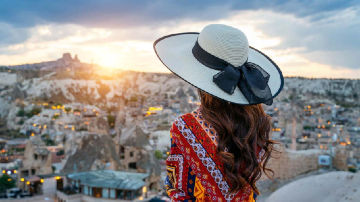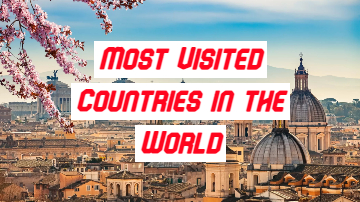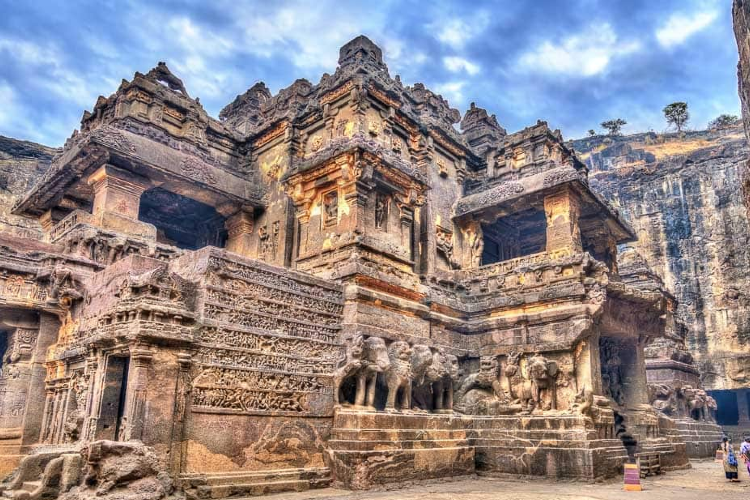
Ajanta Caves represents the Buddhist cave monuments. It was during the Gupta period in 5 and 6 centuries in which the concept of decorated caves was initiated. The Ajanat caves are situated near the Ajanta village, north central Mahrasthan state, western india. The Ajanta caves are titled as symbols of Buddhist Religious Art.
The caves tell the story of Buddist past lives, rebirth carved into 75 meter wall of rock. The caves are situated in the rocky northern wall of the U shaped gorge of the U shaped gorge in the river Waghur. Aganta is considered as one of the most prestigious spot of Maharashtra and is situated 59 kilometers from of Jalgaon, Maharashtra, India, 104 kilometers (65 miles) from the city of Sambhajinagar, and 350 kilometers (220 miles) east-northeast of Mumbai.
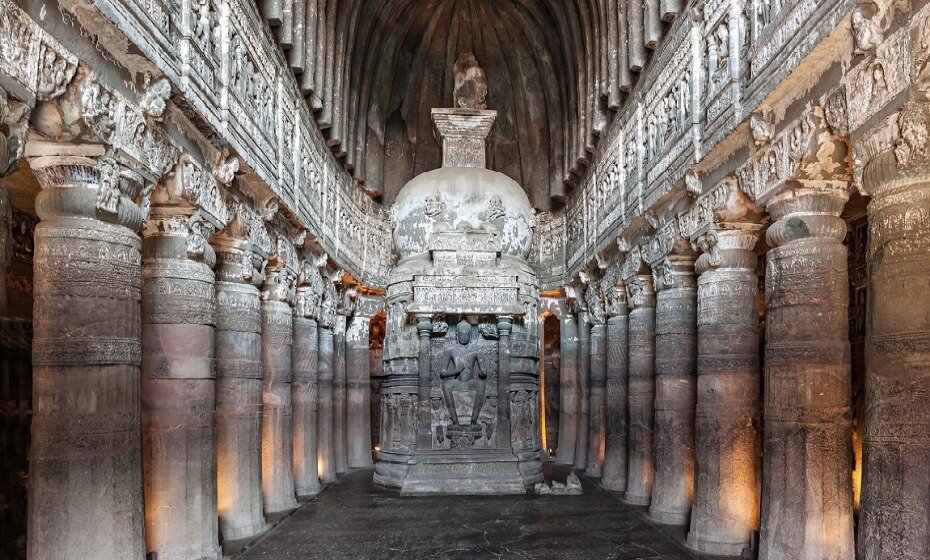
The caves gain world wide attraction due to the artistics influence.The caves represent the Buddist culture and were designated a UNESCO world heritage site in 1983. The group of 30 caves were cultivated including the unfinished one out of which five are labeled as chaityagrihas and the rest as sangharamas or viharas .

The caves at Ajanta are excavated out of a vertical cliff above the left bank of the river Waghora in the hills of Ajanta. According to the history the excavation activity was carried out in two phases separated by a time lapse of four years.
1 Phase : The earliest group consists of caves 9, 10, 12, 13 and 15A.In total six phase were excavated in the first phase by Hinayana/Theravada by the buddhism followers.In this phase Buddha was prayed in symbolic form.The caves were simple and carry mural paintings sparsely.
2 Phase :Caves of the second period are 1–8, 11, 14–29, some possibly extensions of earlier caves.
Caves 19, 26, and 29 are chaitya-grihas, the rest viharas. The second phase was dominated by Mahayana followers of Buddhism where Buddha was prayed in idol form. The new caves were excavated and the earlier ones are reused. The walls were embellished with exquisite mural paintings, executed in tempera technique; and pillars, brackets, door jambs, shrines and facades were richly decorated with sculptural splendor.


